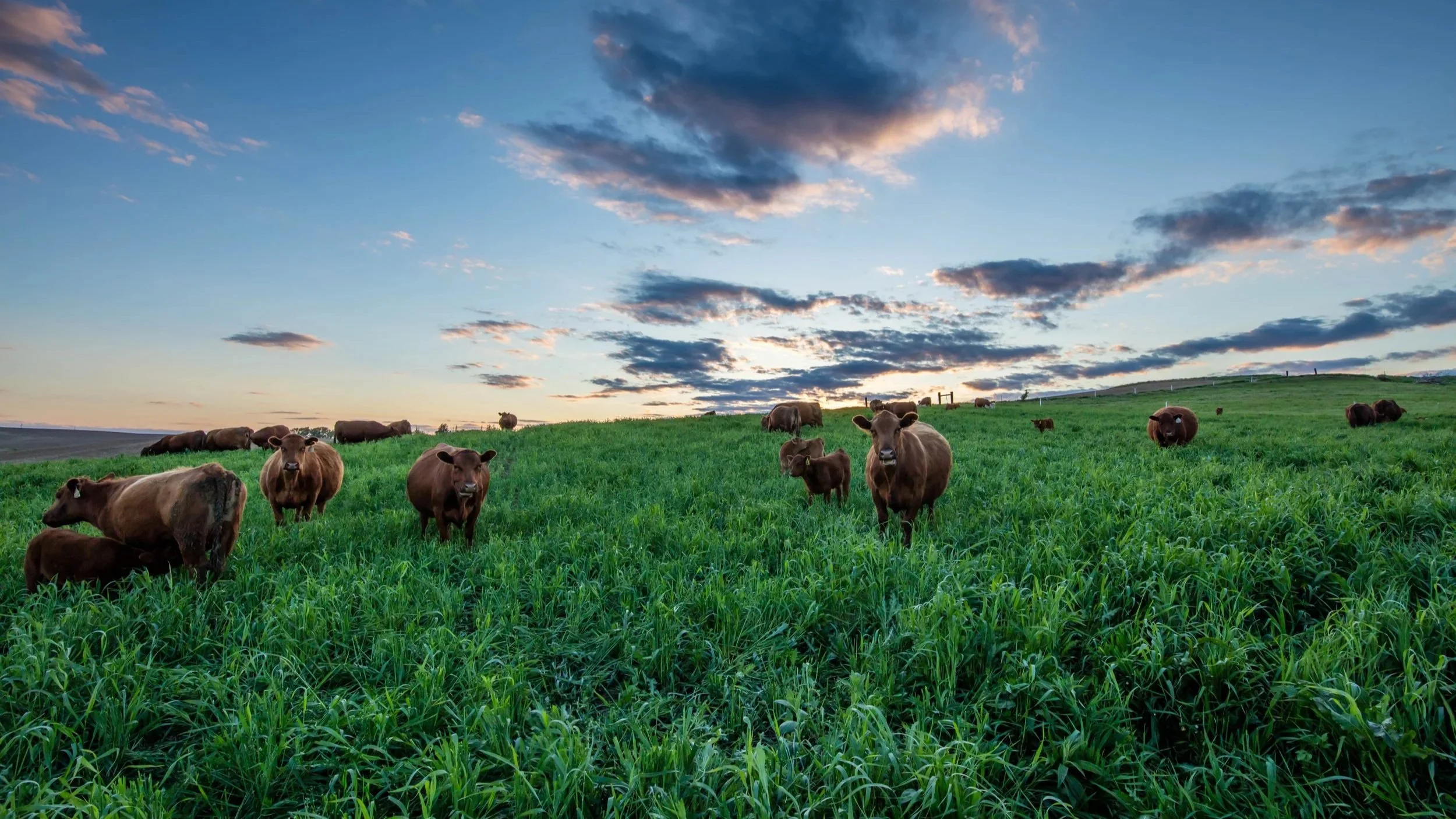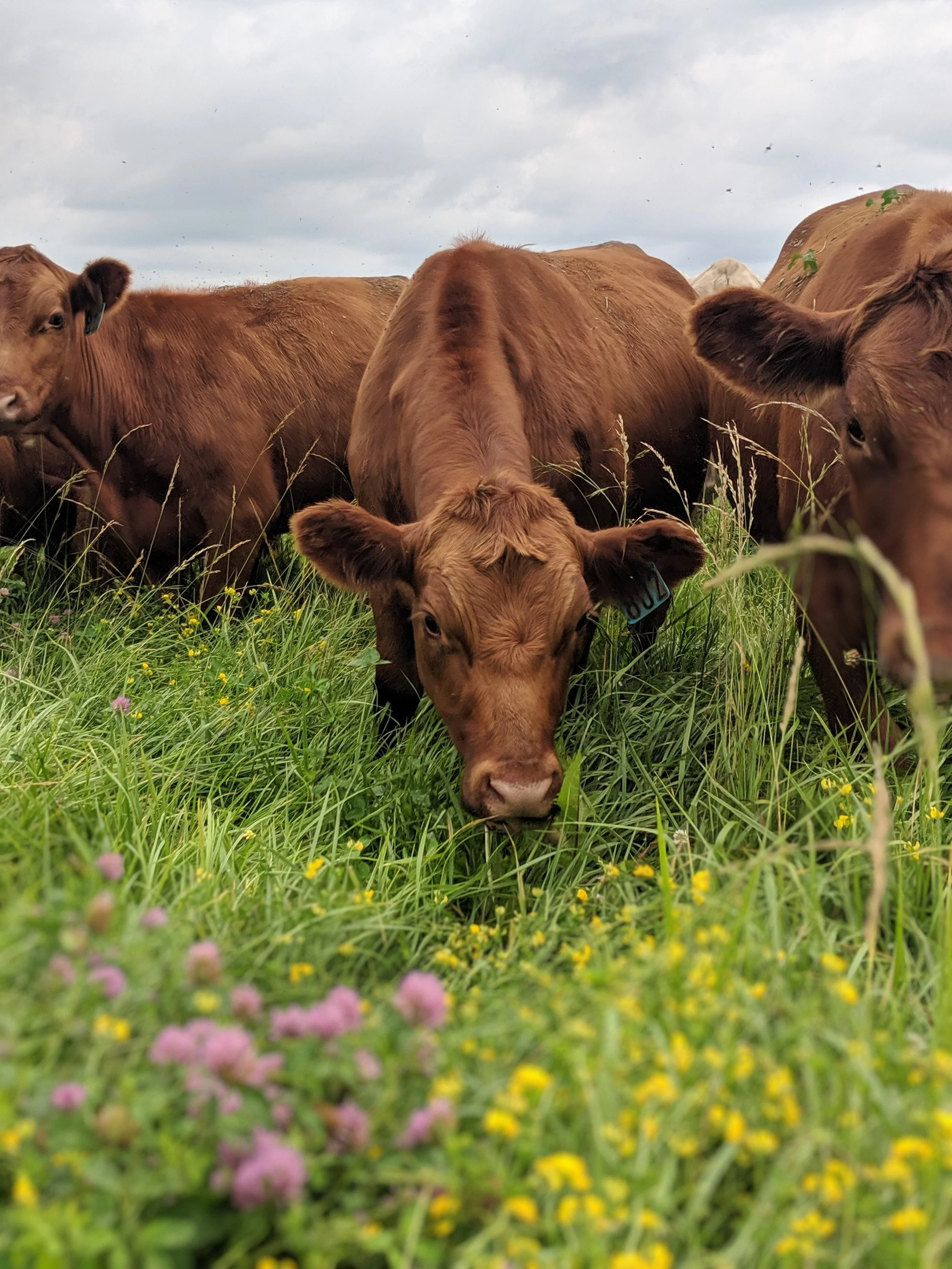Navigating Rising Beef Prices: Insights from Grass Fed Cattle Co. Farmer Jared Luhman
I wanted to give you a bit of an update on the United States beef industry.
My name is Jared Luhman and I am one of the previous owners of the Grass Fed Cattle Co. We hope to continue raising 100% grass fed beef for Tony and Scott (the current owners) when we have cattle available, but our main market is raising and selling bulls to other farms. I’ve also had the opportunity to talk to hundreds of farmers, ranchers and experts in the industry over the past few years and want to share a bit more about the rising costs of beef.
It's hard to miss that over the past five years, the price of meat has risen significantly! There are a lot of reasons for that.
Obviously, inflation has impacted every portion of the chain from raising to packaging beef. Inflation has affected the cost of labor at the processing plant, transportation, packaging and storage, which directly impacts our product just like others in the industry. But the cattle industry specifically has some very unique things impacting it that have driven costs to record highs that I would like to explain.
In 2020 something began that was going to impact the industry for several years, and believe it or not I’m not referring to covid! A drought began across much of the United States but specifically throughout the west which is primarily cattle country. See U.S. Drought Monitor from NOAA. When drought strikes, grass does not grow and cattle producers have two options: One, buy hay to feed cows, or two, sell cows to match reduced grass production. At the same time, corn and soybean prices were shooting through the roof, leading more farmers and ranchers to convert hay and pasture ground into row crops (mainly corn and soybeans). All these factors led to sky high hay prices and record low grass availability. Ultimately producers began selling cows. The drought persisted and 5 years later we have the lowest cattle inventory in over 50 years! See Figure 1. Historic Jan. 1 Cattle Inventory by American Farm Bureau Federation showing cattle inventory numbers. Going back to our basic economic lessons from high school, we know from the rules of supply and demand that when the supply of cattle drops dramatically and demand remains the same, prices increase.
We have always based the price we pay our beef producers and the price we value the beef we raise on our own farm on the USDA (United States Department of Agriculture) average carcass price. I remember in 2020 the price was somewhere under $2.00/lb. As a comparison, the USDA average carcass price on Monday, October 6 is $3.60/lb. In 5 years the price of beef has nearly doubled! Unfortunately this has forced us (and the new owners) to raise prices on our beef. We have been humbled by your continued support through this and are confident that these high prices will not last forever! In fact, we are beginning to see national cow herd numbers increase for the first time since this began 5 years ago, which means in not too long supply of cattle should follow.
I know you would likely prefer the price of beef to be cheaper so that you can continue to feed more of the best quality meat to your family, and we wish that as well. Thank you so much for your continued support of local farmers, and for purchasing your meat locally direct from us at Grass Fed Cattle Co.!





